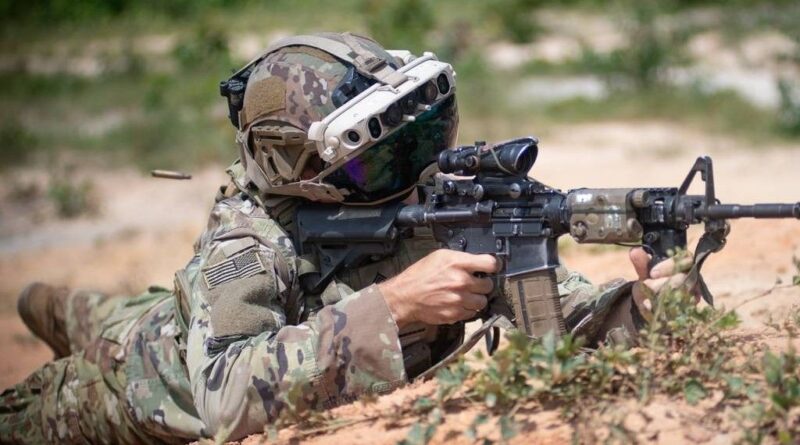Microsoft’s $22 billion deal with the US Army could be in jeopardy unless the tech giant can get the price of its military HoloLens to exist.
What you need to know
- The US military wants Microsoft to reduce the cost of actual military IVAS headsets to “well below” $80,000 per unit, which is the project’s current cost.
- IVAS has faced several delays and problems over the years, but Microsoft’s collaboration with the US Army on the headset could be worth about $22 billion.
- Microsoft discontinued the HoloLens 2 recently and the company’s mixed reality efforts are pretty much dead.
When Microsoft discontinued HoloLens 2 and announced the end of support for mixed reality headsets, many asked if the announcement would affect the planned military headsets. Microsoft made it clear at the time that it was “fully committed” to the Visual Augmentation System (IVAS), even after discontinuing HoloLens 2. Although Microsoft is committed to IVAS, it appears that the US Army may I hesitated. That is, unless Microsoft lowers the cost of individual IVAS units.
Microsoft needs to get the cost of IVAS headsets to “much lower than” $80,000, as highlighted by a Bloomberg report. That figure is the estimated cost of the IVAS unit. about $22 billion, but several hurdles must be cleared before things can move forward.
The US military has been testing IVAS, and the first tests were not good. Soldiers suffered headaches and nausea during the tests, but things have improved. The director of military equipment, Doug Bush, said that “the test” is going better than the first time “and that “a lot of problems have been fixed.” The comments were made during the annual meeting of the Association of the US Army last week.
Bush also shared the cost of the unit will be “an important factor next year when senior leaders make decisions about going into production.”
🎃The best early Black Friday deals🦃
IVAS units are real augmented reality military helmets that can provide soldiers with powerful information in real time, such as providing warnings for threats. The headset also includes night vision and is more durable than real business or commercial systems. That data and the cost of developing IVAS increases. Bloomberg pointed out that the display, battery, and chest unit of the IVAS unit cost $41,824 (as described in the budget documents for the project). Other costs are related to engineering, software support, and working with the Army.
Although IVAS units are expensive, Microsoft is still looking for ways to reduce costs. “We’re going through a program to figure out where we can cut costs,” said Microsoft Corporate Vice President for Mixed Reality Robin Seiler.
“It’s a very complex system, so when you look at cost reduction you have to look at it from the parts level, from the labor level and from your supply chain,” he added.
The death of Microsoft HoloLens
HoloLens’ move to Microsoft’s graveyard took years. The saga included former HoloLens CEO Alex Kipman being accused of “verbal and sexual harassment” and leaving the company, HoloLens 3 being called a “s–t show,” and Microsoft killing the platform its Windows VR.
Microsoft has made significant changes to its original and enhanced efforts to make the software work on other platforms, such as Meta Quest and Apple Vision Pro. Despite the change in strategy, the tech giant appears committed to its plans to fulfill the IVAS contract with the US Army.
The next major IVAS trial will take place from April to June this year, where the headsets will continue to be tested in the field. After that review, the Army will either commit to full production or go the other way.
#Microsofts #billion #deal #Army #jeopardy #tech #giant #price #military #HoloLens #exist
